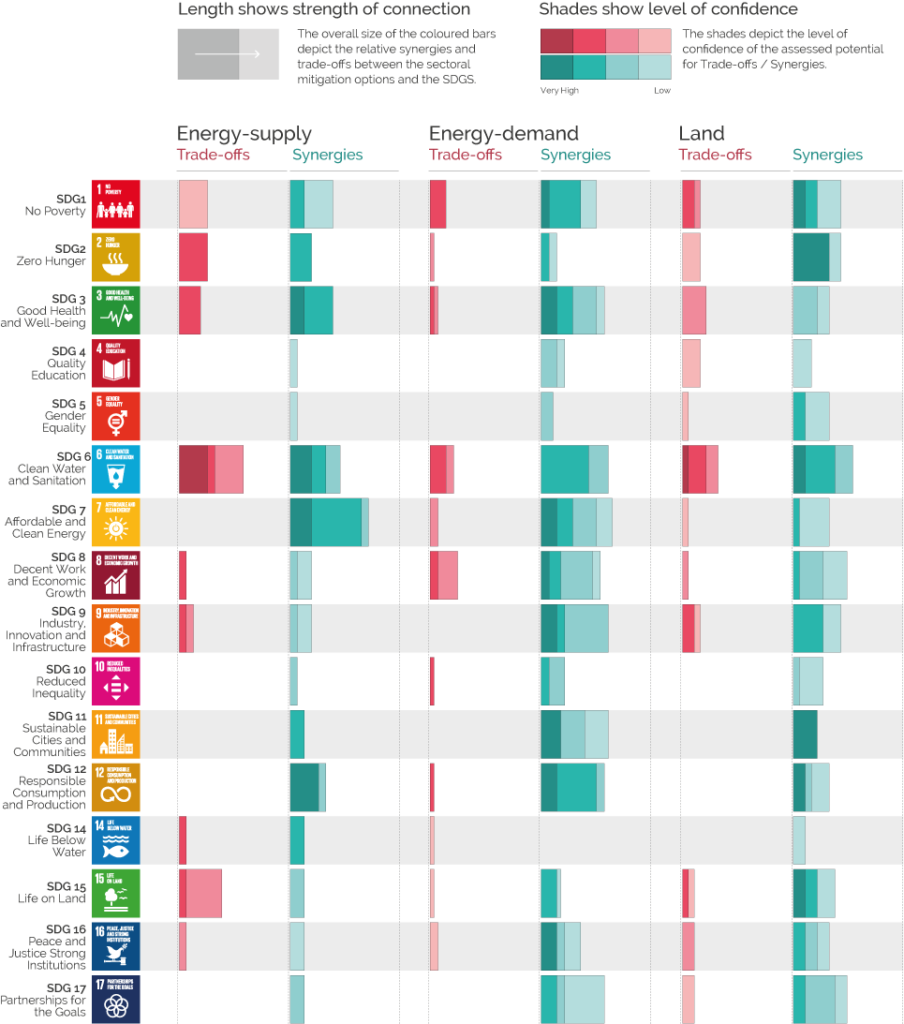On Monday 8th October 2018, the Intergovernmental Panel on Climate Change (IPCC) released its report on the impacts of global warming 1.5°C above pre-industrial levels. The CREDS mission of transforming energy demand is more relevant than ever.
IPCC reports on the impacts of global warming
On Monday 8th October 2018, the Intergovernmental Panel on Climate Change (IPCC) released its report on the impacts of global warming 1.5°C above pre-industrial levels.
The report presents the scientific evidence for the likely effects of 1.5°C warming, identifies mitigation pathways to keep average global temperature rise below 1.5°C, and looks at whether and how the world could adapt to the effects of this climate change. It made headlines around the world with its vivid warnings of the dangers of increasing climate change, and calls for “rapid, far-reaching and unprecedented changes in all aspects of society” to reduce these risks.
The role of energy demand
CREDS research focus is on identifying solutions which can lead to faster, further and more flexible transformations in energy use, in order to deliver a low carbon society. This will contribute to the effort called for by IPCC under one of their key areas for action – energy demand.
Not only does the IPCC report reinforce the vital importance of transformations to energy demand, it also shows that actions on energy demand have significant net positive co-benefits for nearly all areas of human development and natural ecosystems. While this case has been made previously for the society-wide or firm-level benefits of investments in energy efficiency, this global assessment, across a very wide range of benefits, makes an even stronger case for moving quickly and ambitiously to transform the use of energy.
Energy demand as one of three mitigation actions
Energy demand is one of the three categories of mitigation actions needed reduce the amount of additional greenhouse gases being emitted into the atmosphere. IPCC’s definition of energy demand comprises behavioural responses, fuel switching and efficiency options in the transport, industry and building sector as well as carbon capture options in the industry sector. The other two areas for action are on energy supply and land management.
To understand how actions in each category would affect human well-being and the natural environment, IPCC have assessed how each would affect the Sustainable Development Goals (SDGs). There are 17 SDGs, which together are designed to end poverty, protect the planet, and ensure prosperity for all. World leaders adopted these goals three months before the Paris Agreement on climate change was signed.
The potential positive effects (synergies) and negative effects (trade-offs) of each of the three types of mitigation actions per SDG is shown in the picture below, which indicates scale and degree of certainty for each combination. (SDG 13 ‘climate action’ is not included in this list, for obvious reasons.) In the energy demand sector, the positive effects are much greater than the negative, generally by a considerable margin. The only SDG which energy demand measures do not have the potential to contribute positively to is SDG14 ‘life below water’.
Figure shows indicative linkages between mitigation options and sustainable development using SDGs. Redrawn from IPCC 2018.

Limiting global warming to 1.5°C for a more sustainable and equitable society
IPCC have stressed that their report shows that limiting global warming to 1.5°C could go hand in hand with ensuring a more sustainable and equitable society. The trade-offs are outweighed by the synergies and benefits of action. The benefits to people and natural ecosystems of action on energy demand are particularly strong and wide-ranging.
The CREDS mission of transforming energy demand is more relevant than ever. Indeed, together with our partners and stakeholders, we may need to develop knowledge, ideas and debates that take us even further and faster in the direction of a low carbon society than we had originally envisaged, in order to contribute to the 1.5°C challenge.
Banner photo credit: Axel Antas-Bergkvist on Unsplash



